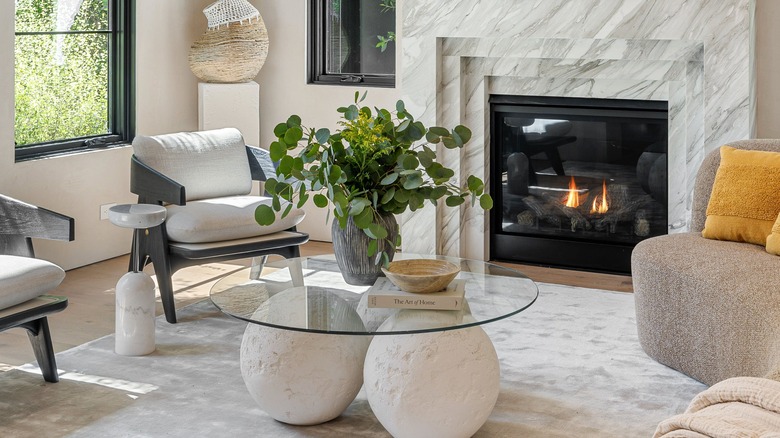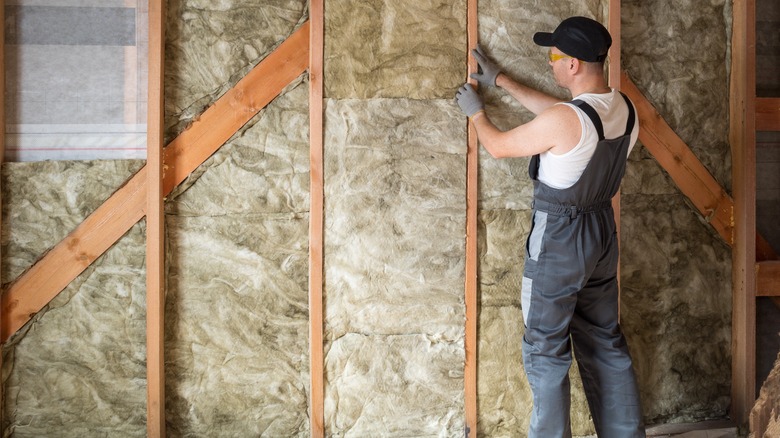What Is Passive Design? The Quiet Luxury Trend You'll Want For Your Home
Beyond the appearance, there are other features that can take your home to the next level. Quiet luxury isn't just about how your home looks; it's also about how it feels. First and foremost, your home should be comfortable. Although energy efficiency is not a new concept, there are ways to design your home that moderate the internal conditions without the need for supplementary systems that consume energy. For example, the spatial design and materials used to build a home can actually create a comfortable environment with very little mechanical control.
Passive home design applies these principles to create a low-maintenance, energy-efficient home by optimizing the layout and form, thus minimizing the need for additional climate control, lighting systems, and so on. This is the opposite of active design, which compensates for the comfort issue rather than preventing it in the first place.
This method is proof that a smart home system isn't the only option when it comes to energy efficiency. There are natural sources of heating and cooling that can be harnessed in order to reduce overall consumption and keep you feeling comfortable at any time of the year. From room orientation in response to your area's weather patterns, to strategically placed windows for cross-ventilation, you can design your home to be lower maintenance overall. Not only can a passive home create a more livable environment, but it can pay off in the long run if you want to help reduce your energy costs at home. High-end home design and the quiet luxury trend are about creating a home that not only looks refined but functions intelligently, maximizing long-term value.
The best ways to achieve passive design in your home
Although true passive design is easier to achieve if your home hasn't already been built, there are still green project upgrades you can do to keep your home sustainable and reduce the need for active energy systems. Three of the most crucial elements of passive design are continuous insulation, an airtight environment, and harnessing natural light sources.
You can boost up your old insulation on a budget, as well as make sure doorways and windows are properly sealed. It's also important to consider exchanging your windows and doors for high-performance variations. Lastly, take advantage of natural light by adding main windows toward the south for maximum sun in the winter and minimal heat gain in the summer. If this isn't an option, reflective surfaces like mirrors or high-gloss paint can increase overall brightness without artificial lighting.
The trick to an airtight, well-insulated home is not to opt for just one approach or another. The upgrades must be done in tandem, as an airtight environment without insulation will also lead to condensation buildup. After insulating and sealing your home, you need to prioritize ventilation. This is because an airtight home can be a breeding ground for mold if there is nowhere for the moisture to exit your home. Consider installing a heat recovery ventilation (HRV) system, which filters air and greatly reduces humidity. An HRV can also greatly reduce the demand for heating and cooling, further pushing your home into passive design.

